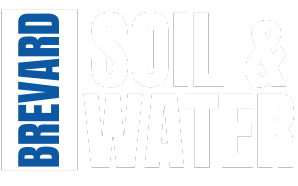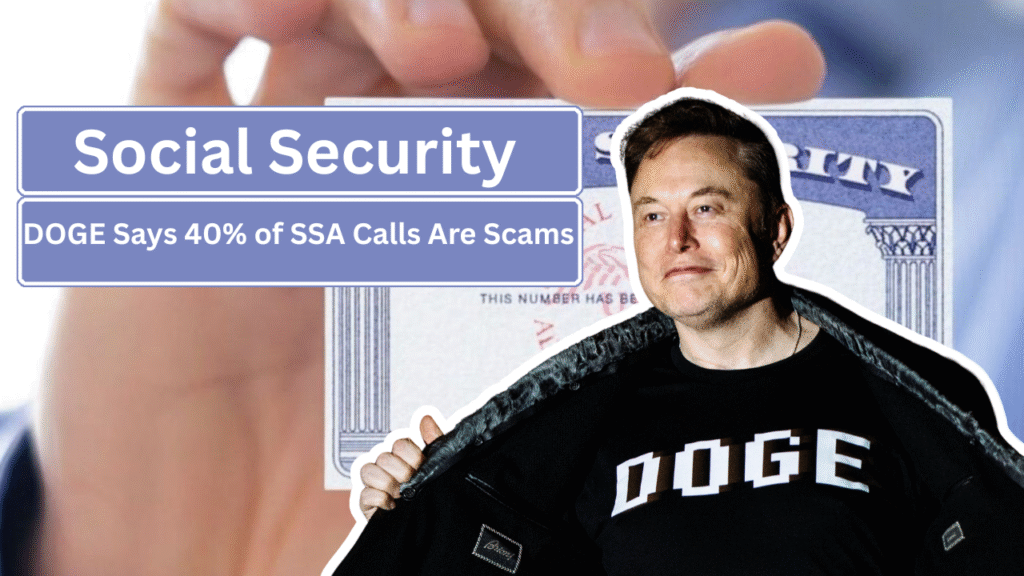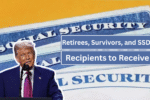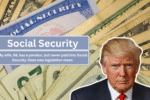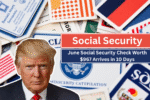In a recent public statement, U.S. Representative Dawn O. Grace Edwards (DOGE) claimed that “over 40% of the phone calls received by the Social Security Administration (SSA) are fraudulent.” The assertion, delivered during a town hall meeting in Texas earlier this month, sparked concern among constituents and quickly circulated on social media.
However, a closer look at publicly available government data reveals that the actual rate of fraudulent calls reported to the SSA is significantly lower – less than 1% of total calls, according to official figures.
Understanding the Claim
Rep. Edwards cited the figure while discussing cybersecurity and government fraud prevention. “We need stronger defenses because over 40% of calls to Social Security are fake or fraudulent – that’s taxpayer money at risk,” she said.
When pressed for the source of this statistic, a spokesperson for the congresswoman’s office said it was based on “anecdotal reports from agency employees and internal discussions,” but did not provide a public study or report to back the claim.
What the Data Actually Shows
The SSA’s Office of the Inspector General (OIG) has been transparent about fraud-related issues, publishing regular updates on scam reporting and prevention.
According to the SSA OIG’s reporting dashboard, in fiscal year 2023, the agency received approximately 738,000 scam reports. While this number may seem large, it pales in comparison to the more than 180 million calls handled annually by the SSA’s national 800 number and other service lines.
Put into perspective, 738,000 reported scam calls out of 180 million total calls equals approximately 0.41% – less than half of one percent.
Additionally, the Federal Trade Commission, which tracks government imposter scams across various agencies, reported that Social Security-related scams made up about 10% of all government imposter scam complaints in 2023. However, that figure encompasses scam reports across all platforms – including phone, text, and email – not just calls made to the SSA.
How Fraud Is Handled by the SSA
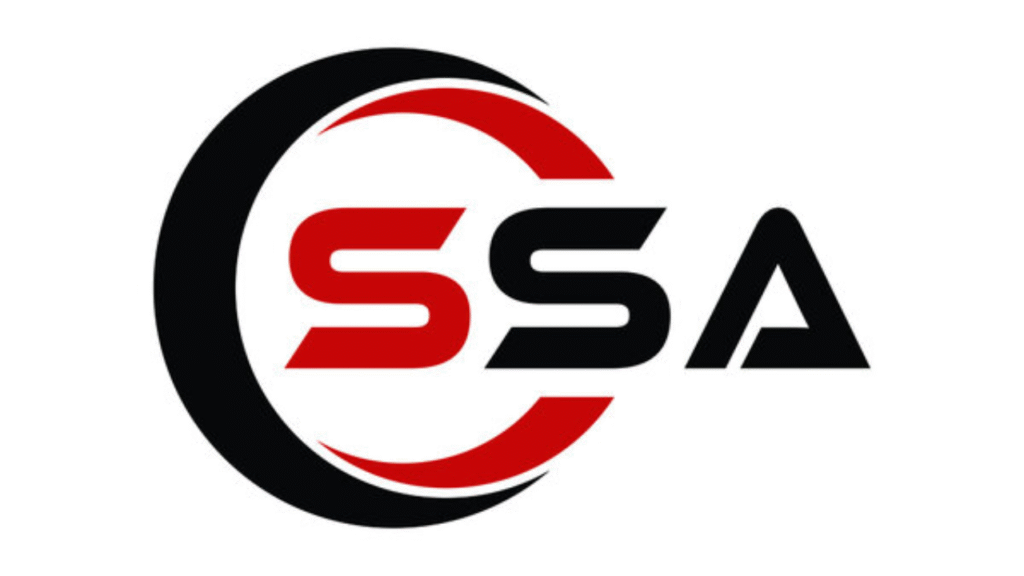
The SSA has robust systems in place to identify and manage fraud. Its Office of the Inspector General encourages the public to report suspicious calls, especially those in which the caller claims to be from the government and demands personal information or payment.
The agency repeatedly emphasizes that legitimate SSA employees will never threaten arrest, demand immediate payment using gift cards or cryptocurrency, or ask for personal details over the phone.
To counter scams, the SSA operates public awareness campaigns such as “Slam the Scam,” which help educate citizens on how to spot and avoid fraudulent communication.
The SSA also works in coordination with the Department of Justice and the Federal Trade Commission to prosecute fraudsters. Several recent enforcement actions have led to arrests and substantial financial penalties against robocall operators and foreign scam networks impersonating SSA personnel.
Expert Reactions
Cybersecurity experts and fraud analysts have been quick to challenge Rep. Edwards’ claim.
“It’s irresponsible to throw out numbers like 40% without data,” said Michael Weinberg, a senior fellow at the Center for Government Oversight. “It inflames fear and undermines the public’s trust in government systems, especially when the actual numbers are orders of magnitude lower.”
Karen Jones, a retired SSA call center supervisor, also offered perspective. “Yes, scam calls exist and they can be disruptive, but in no universe is 40% of our incoming call volume fraudulent. If that were the case, we couldn’t function at all.”
Political Ramifications
Critics suggest that Edwards’ remarks may be part of a broader trend of using inflated statistics to advocate for political objectives. With cybersecurity and fraud prevention becoming increasingly prominent in public discourse, some lawmakers may feel pressure to dramatize the risks.
The SSA itself has requested additional funding for fraud prevention in its fiscal year 2025 budget. However, that request is based on detailed fraud trend analysis and includes plans to modernize infrastructure and authentication methods – not a purported surge in fraudulent calls.
What You Can Do
The SSA advises the public to remain vigilant and report any suspicious calls.
Here are a few simple guidelines:
- Hang up immediately if someone claiming to be from the SSA threatens you or demands payment.
- Never share your Social Security number, banking details, or passwords over the phone.
- Report suspicious activity to the SSA’s Office of the Inspector General or the Federal Trade Commission.
Conclusion
While fraud prevention is undeniably important, the claim that 40% of Social Security calls are fraudulent is not supported by the data. In fact, scam reports suggest that fewer than 1% of the agency’s calls are related to fraud.
Public confidence in government services relies on transparency and accurate information. It is vital that public officials base their statements on verified facts, particularly when it involves public safety and the proper stewardship of taxpayer resources.
